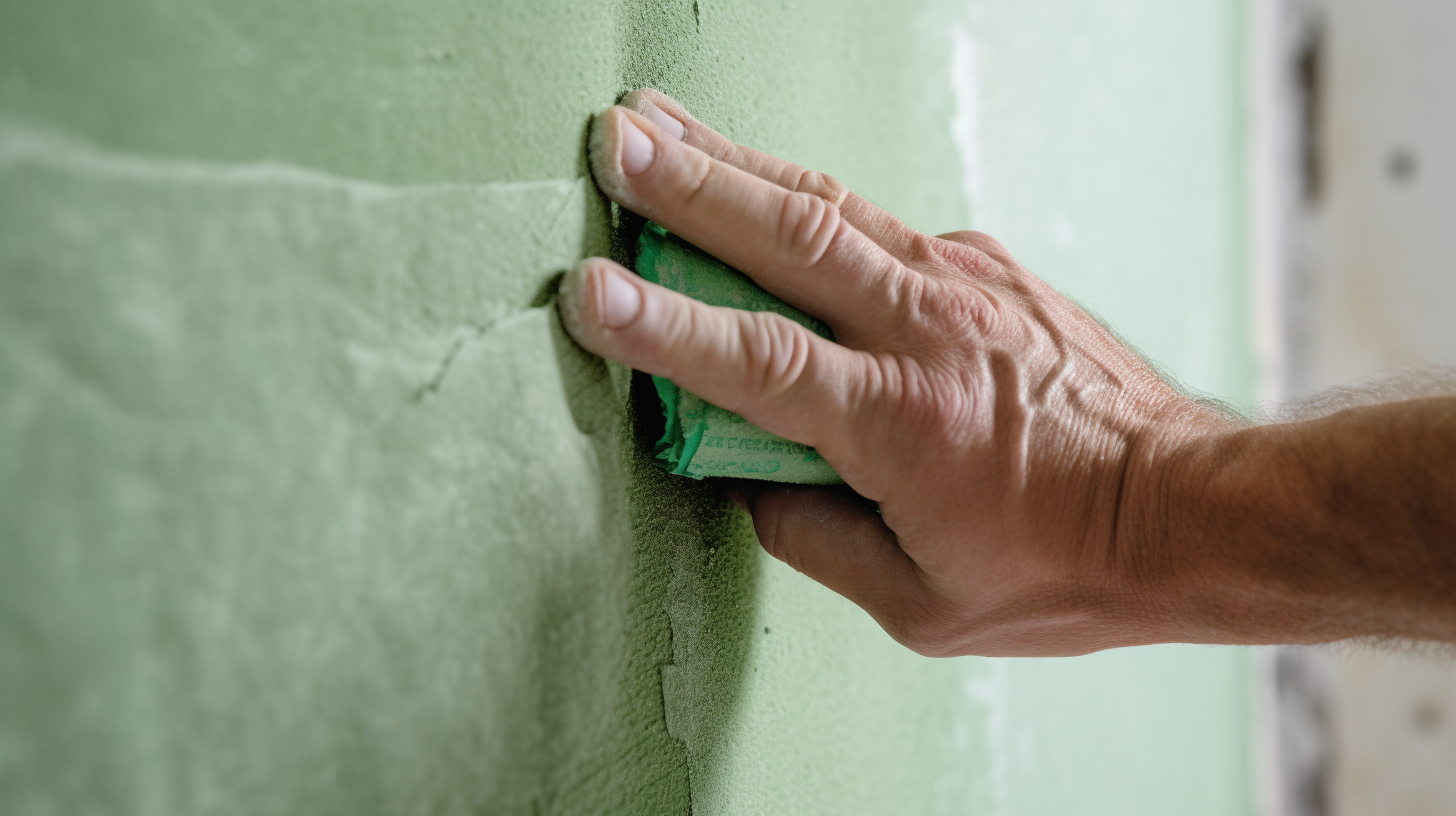In the quest for quiet, Green Glue emerges as an unassuming ally.
At first glance, it may appear to be just another tube of glue, but its potential for soundproofing is stirring up conversations among builders and homeowners alike.
Can this simple adhesive really mute the chaos of the outside world? This is not your typical glue.
Green Glue is an acoustic sealant that plays a pivotal role in diminishing noise, a feature that elevates it above standard adhesives.
Let’s dive in and explore how this everyday glue is making an extraordinary impact on creating serene, soundproof spaces.
What Is Green Glue and How Does It Differ From Regular Glue?
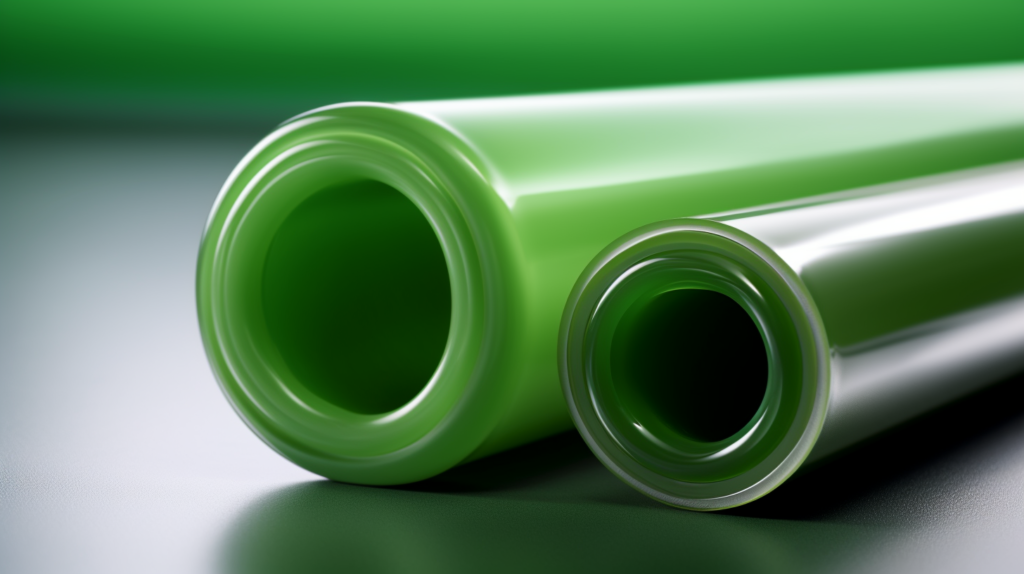
Green Glue is a noise-proofing compound that has revolutionized the way we approach soundproofing in construction.
It is a type of damping material that, unlike traditional glues designed to secure objects firmly together, is engineered to reduce sound transmission between rooms.
Regular construction adhesives are created to form a rigid bond that holds materials in place, which is ideal for the structural integrity of a building but does not necessarily consider the acoustic properties.
The composition of Green Glue is what sets it apart. It is a water-based, viscoelastic compound that can be applied between two layers of commonly used building materials.
This compound works by converting the kinetic energy of sound waves into tiny amounts of heat, effectively dissipating the sound as it travels through walls or floors.
Regular construction adhesives, once cured, harden and can become conduits for sound, especially if there are gaps or poor seals in the construction.
In contrast to other construction glues, Green Glue is specifically formulated to remain flexible over time. This flexibility allows for a small amount of movement within the structure, which is essential for absorbing and reducing sound vibrations. Other construction adhesives may crack or lose their bond when subjected to the subtle movements of a building, leading to potential sound leaks. Green Glue maintains its integrity and continues to provide sound dampening benefits throughout the life of the building.
Does Green Glue Work For Soundproofing?
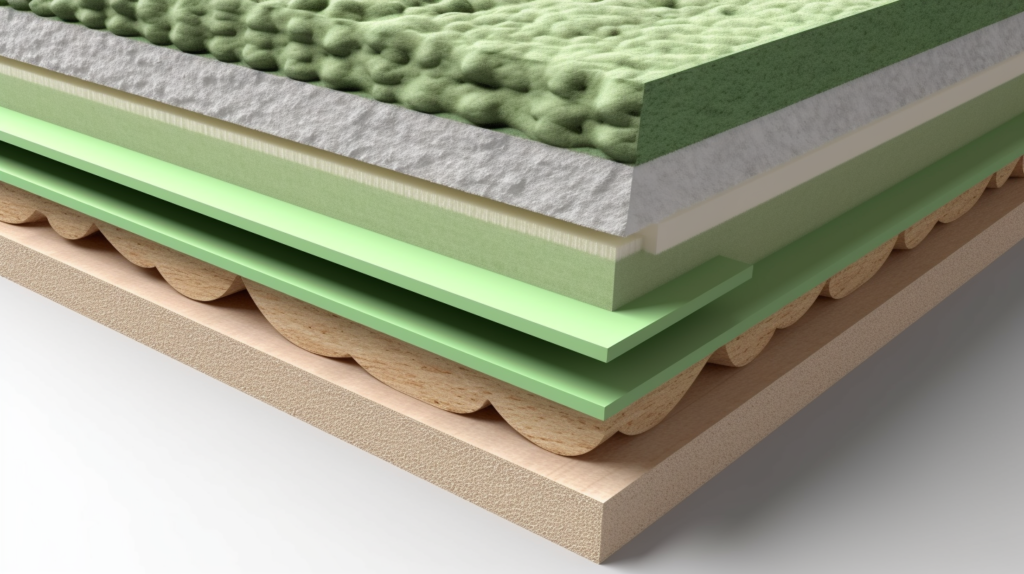
Yes, Green Glue works as a soundproofing glue but cannot be used as a standalone solution for soundproofing.
Green Glue is often lauded for its soundproofing capabilities, but there is a common misconception that it can be the sole solution for soundproofing needs.
While Green Glue is an effective sound-damping material, it is not a standalone product for complete soundproofing.
To achieve optimal noise reduction, it must be used as part of a composite soundproofing system which includes other materials such as soundproofing foam, mass-loaded vinyl, and additional layers of drywall or other suitable wall constructions.
The effectiveness of Green Glue is maximized when it’s sandwiched between two rigid panels, like drywall or plywood.
This configuration allows Green Glue to absorb and transform sound waves as they pass through walls, reducing the amount of sound that actually penetrates the barrier.
However, relying solely on Green Glue without additional soundproofing components would not provide the full spectrum of noise reduction that is often required in spaces that demand high levels of sound isolation.
For comprehensive soundproofing, Green Glue should be used in conjunction with dense materials that block sound and soft materials that absorb it.
This multi-layer approach addresses the full range of sound frequencies and types of noise, including airborne and structure-borne sounds.
In this context, Green Glue serves as an important element of a larger soundproofing strategy, working alongside other materials to dampen vibrations and minimize sound transmission.
How Effective Is Green Glue In Soundproofing Walls?
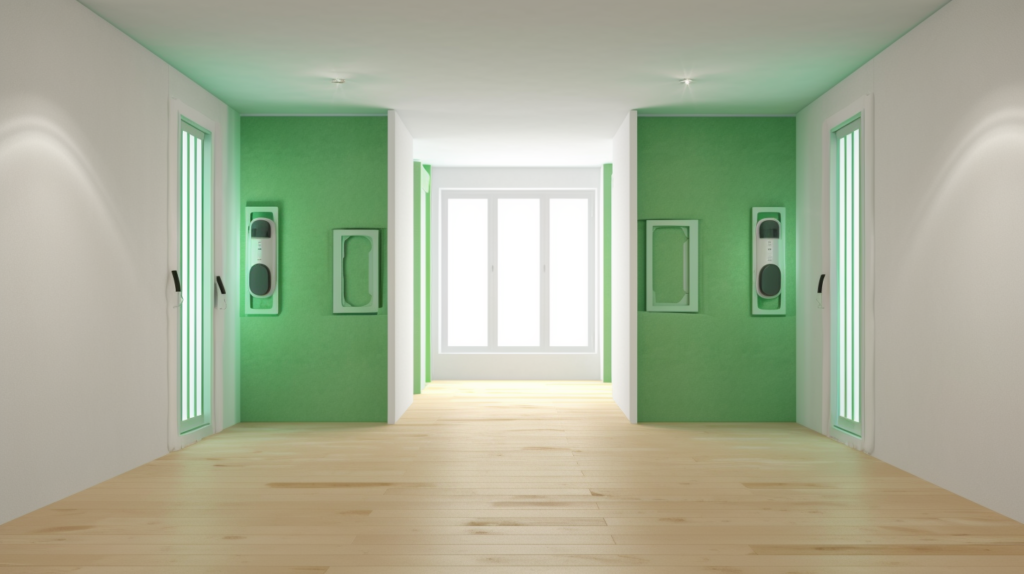
In the realm of construction adhesives, Green Glue’s effectiveness is not just in its bonding capabilities but in its acoustic performance.
When evaluating construction adhesives for soundproofing, it’s important to understand that most are not designed with sound reduction in mind.
Green Glue, however, is specifically created to reduce the transmission of sound between walls, making it a specialized tool in the builder’s kit.
When applied correctly, Green Glue has been shown to significantly reduce noise levels, particularly in comparison to walls where no soundproofing adhesive has been used.
The performance of Green Glue shines when used between layers of drywall, as it effectively dampens the vibrations that would otherwise transmit sound.
While regular construction adhesives may provide a strong bond between materials, they typically do not offer the same level of sound attenuation.
The science behind Green Glue’s soundproofing capabilities is its ability to remain soft and dissipate energy.
Unlike other glues that harden and can act as a medium for sound waves to travel through, Green Glue remains pliable and can absorb sound vibrations.
This characteristic is particularly important in buildings where controlling sound transmission is crucial, such as apartments, hotels, hospitals, and schools.
Can Green Glue Be Used On Its Own For Soundproofing?
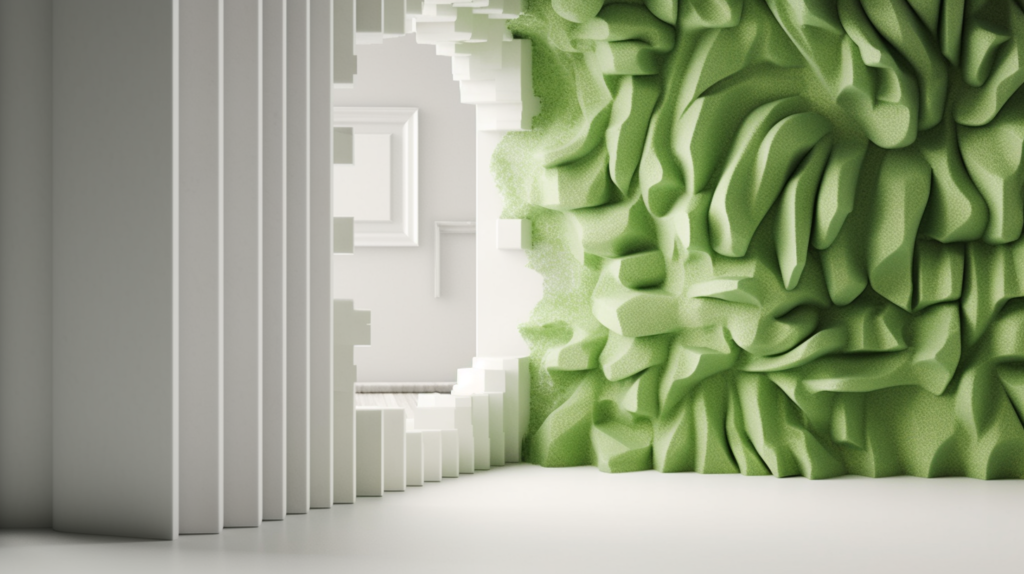
Green Glue is primarily a damping material and is not intended to be a standalone solution for soundproofing.
While it does not function like traditional glues that are meant to fasten materials with a tight bond, Green Glue serves to complement the soundproofing qualities of a wall or ceiling assembly.
It is designed to be sandwiched between two rigid panels, such as sheets of drywall, to reduce the sound transmitted through them.
The idea that Green Glue could be the sole agent for soundproofing arises from a misunderstanding of sound transmission in buildings.
Sound can travel through the air and structural materials, so a comprehensive approach is needed for effective soundproofing.
Green Glue addresses the latter by damping vibrations in the structure itself. However, other elements like air gaps and thermal bridges also need to be considered, which Green Glue alone cannot address.
It is also essential to note that in the realm of construction adhesives, most are not designed with acoustic properties in mind.
Therefore, when comparing Green Glue to other construction glues, its sound-dampening quality is a unique aspect that is not found in traditional adhesives.
Other glues may provide structural support, but without the added benefit of noise reduction that Green Glue offers when used as part of a soundproofing system.
What Are The Benefits Of Using Green Glue Over Other Construction Glues?

When comparing Green Glue to other construction glues, the benefits become clear in the context of soundproofing.
Traditional construction adhesives are judged on their tensile and shear strength, their drying time, and their durability over time.
While these are important factors for general construction purposes, they don’t take into account the acoustic properties of the adhesive.
Green Glue excels in this area, offering significant noise reduction benefits that other adhesives simply don’t provide.
One of the primary benefits of Green Glue is its ability to significantly dampen a wide range of frequencies, particularly those that are most disruptive in living and working environments.
This makes Green Glue an excellent choice for projects where noise reduction is a priority.
Its performance is consistent and reliable, which has been demonstrated in countless constructions and retrofitting projects.
Additionally, the ease of use is a significant factor that sets Green Glue apart from other construction glues.
It does not require any special tools for application and can be used by professionals and homeowners alike.
Its forgiving nature during application means that it doesn’t require the precision that other adhesives might demand.
This can lead to faster installation times and lower labor costs, providing both practical and economic benefits.
How Do You Apply Green Glue For Optimal Soundproofing?

The application of Green Glue differs from that of other construction adhesives due to its unique purpose.
When applying Green Glue, the goal is not only to adhere two surfaces but also to create a damping layer that will interrupt the transmission of sound.
This requires a specific technique to ensure the compound is distributed in a way that maximizes its sound-dampening properties.
To apply Green Glue, it’s recommended to use a standard quart-size caulking gun. The compound should be applied in a random pattern across the entire surface of one of the panels to be bonded.
Unlike other adhesives where a bead along the perimeter might suffice for bonding, Green Glue should be distributed across the whole surface to ensure there are no sound ‘shortcuts’ across the panel.
The correct amount of Green Glue is also key to its performance.
Too little and you won’t achieve the desired soundproofing effect; too much, and it becomes uneconomical without added benefit.
The recommended amount is approximately two tubes per 4×8 feet sheet of drywall, but this can vary depending on the specific requirements of the project.
After applying Green Glue, the panel should be placed against the wall or ceiling and screwed in place.
Unlike other adhesives, which may require clamping or significant pressure while curing, Green Glue just needs the normal fastening used in drywall installation.
It starts to work immediately upon application, but its damping effects will continue to improve over the next 30 days as it cures.
Understanding the Curing Process of Green Glue
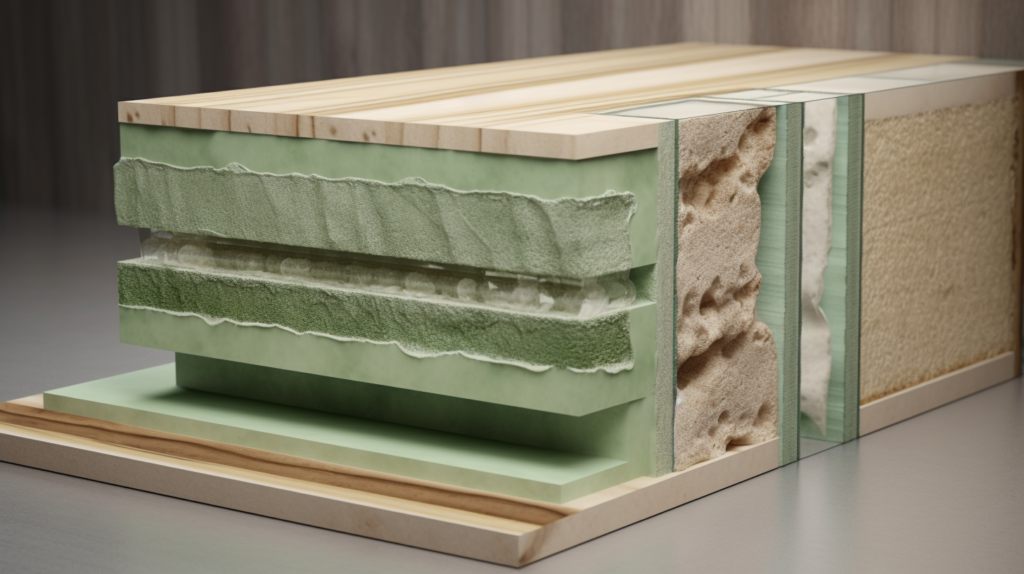
The curing process is a critical factor that distinguishes Green Glue from other construction adhesives.
While most construction glues are formulated to achieve maximum bonding strength within a specific timeframe, Green Glue’s effectiveness is measured by its ability to dampen sound over time.
Once applied, Green Glue begins to cure, and its soundproofing properties enhance progressively.
Green Glue reaches its optimal sound-dampening performance typically within 30 days of application.
During this period, it undergoes a curing process that allows it to form a slightly tacky, flexible layer between the two surfaces.
This flexibility is key to its ability to absorb and dissipate sound energy.
In contrast, other construction adhesives are selected based on how quickly they set and how strong the bond will be once cured, with little consideration for how they might transmit sound.
The Long-Term Durability of Green Glue
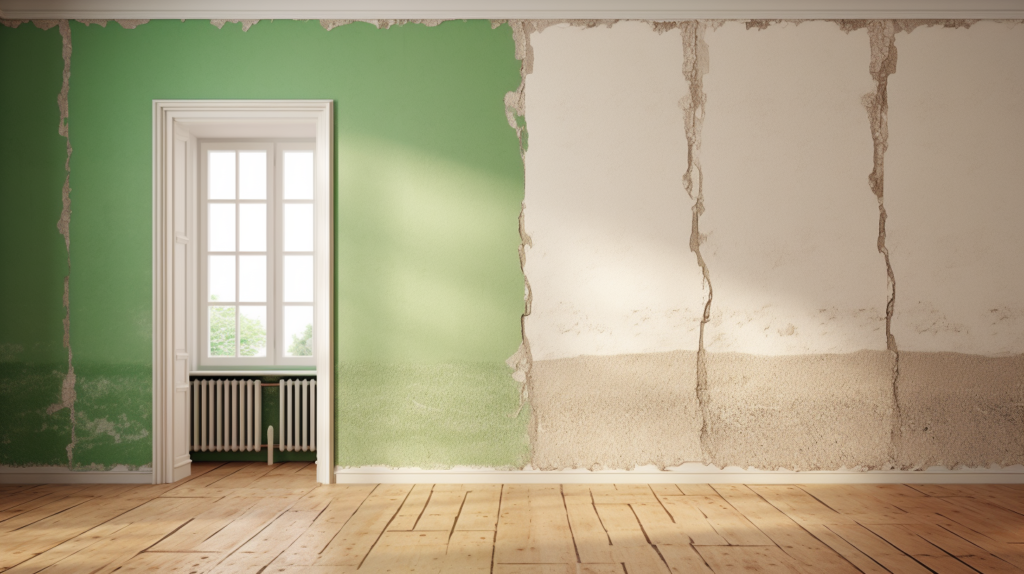
Durability is an important consideration in the selection of construction adhesives.
Green Glue not only excels in providing long-term soundproofing but also maintains its adhesion over time, resisting cracking or drying out, which can be common issues with other types of glues as buildings settle and materials expand and contract with temperature changes.
The viscoelastic nature of Green Glue ensures that it continues to perform its noise-dampening function without degrading, providing a lasting solution to noise problems.
In the context of longevity, other construction adhesives may provide a strong bond initially but can become brittle and less effective as the building ages.
This can lead to not just potential structural issues but also decreased effectiveness in soundproofing, as gaps can form through which sound can easily travel.
Green Glue’s enduring elasticity helps prevent these issues, contributing to the overall integrity and quietness of the space.
The Versatility of Green Glue in Various Applications

Versatility is another area where Green Glue shines in comparison to other construction adhesives. It is not limited to a single type of application or material.
Green Glue can be used between layers of drywall, plywood, MDF, and other common building materials.
This versatility allows for its use in a wide range of projects, from residential to commercial applications, and in various parts of the building, including walls, ceilings, and floors.
Other construction glues are often designed with specific materials or conditions in mind. Some are best suited for outdoor use, others for bonding particular materials like wood or metal.
Green Glue’s broad compatibility with common building materials makes it a go-to choice for soundproofing projects because it can be easily integrated into existing construction plans without the need for specialized adhesives for different parts of the build.
Conclusion
In summary, Green Glue distinguishes itself from standard construction adhesives as a formidable sound-dampening product, crucial for effective soundproofing projects.
Its ability to dampen noise through its viscoelastic properties offers a significant advantage in creating quieter spaces.
Although not a standalone solution, it is a key part of a layered approach to sound insulation, working in conjunction with other materials to provide comprehensive noise reduction.
The ease of application, compatibility with various building materials, and enduring performance make Green Glue a preferred choice for builders and DIYers alike.
Its role in mitigating sound transmission is not only a contribution to the structural aspects of a build but also to the comfort and privacy of the occupants.
Green Glue represents a smart investment in building technology, making tranquil living and working environments accessible and attainable.
